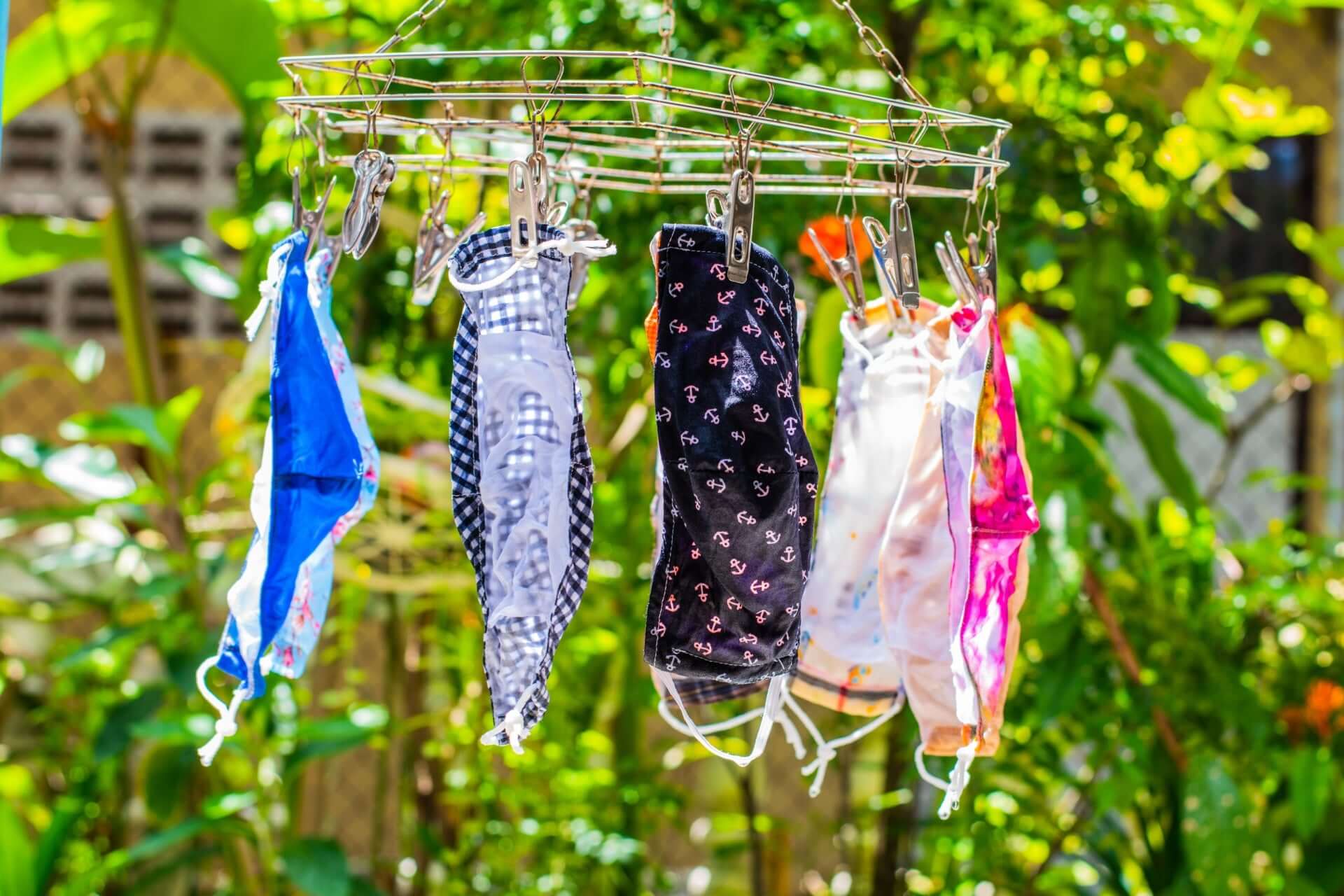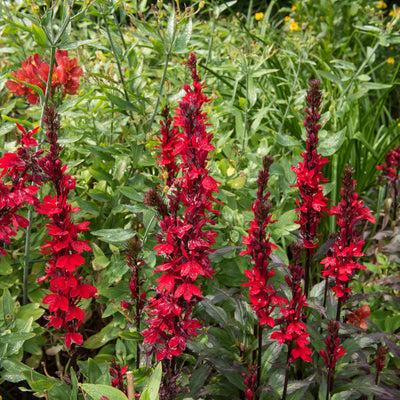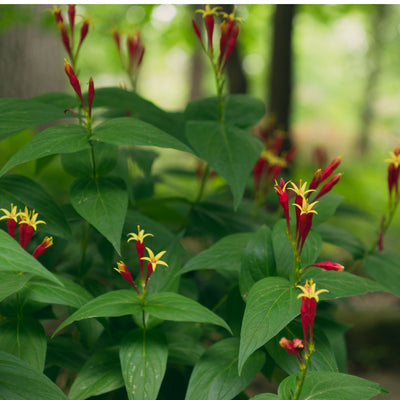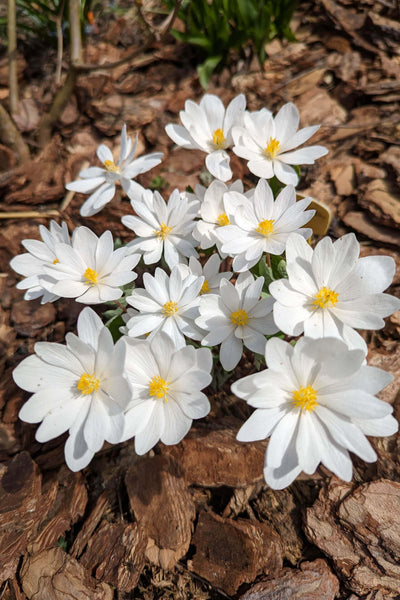How Gardens Redeemed Themselves during COVID-19.
As the world experienced the COVID-19 pandemic in 2020, with all its hardships, shifts, and downtime for everyday existence, out of all that chaos and uncertainty, a new phenomenon emerged: gardening. As people adapted to new ways of life, closures, and social isolation, many turned to gardening as an escape, meaning, and connection to nature. In this article, we will find out how and why gardens became so popular during the COVID-19 pandemic, both for therapeutic reasons and because they reconnected us to the outside world.
The Therapeutic Power of Gardens
It was its therapeutic value that led to the biggest uptick in gardening during the pandemic. The virus, the shutdowns, and all that caused them stress and anxiety, so they were looking for ways to work through it and to find a moment of silence. These desires found the right solution in gardening.
a. Stress Reduction: Many studies have reported that getting in the nature reduces stress and anxiety levels considerably. Being outside and surrounded by nature are all natural remedies for pandemic stress. Planting and tending to a garden is relaxing and can help people turn off the news machine and be in a state of calm.
b. Mental Health Services: Lockdowns and solitary confinement cost mental health. Gardening was about making sense of something, doing something worthwhile, improving one's self-worth, and decreasing depression. Being able to watch the changes of plants on the rise and in-flight served as a kind of positive feedback loop to keep people optimistic when things were not going so well.
c. Physical Fitness: With gyms and fitness centers closed, a lot of people want assistance to stay fit. But gardening is a good exercise to keep your body in shape and get better health. It's physically demanding (digging, weeding, watering, harvesting), so it can keep people fit and healthy.
How to Grow Self-Reliant In COVID-19 Gardens.
Need for self-sufficiency was another motivator of gardening during the pandemic. When supply chains came under attack and people began to shop in panic to get what they needed, people started to value growing their own food.
a. Vegetable Garden at Home: With the pandemic, the demand for vegetable gardening was growing. A lot of people, both those who were already gardeners and those who didn't, started to grow vegetables to get rid of the need to go to the grocery store. It also made eating from the back garden feel secure, and it made us eat better.
b. Links with Food: The pandemic revealed how the world's supply chains are in jeopardy, so people began to think more carefully about where food came from. Growing plants helps you become more in touch with your food, more supposed to feel how much work goes into food production.
Family Bonding and Education
To households and people living at home more often as a result of lockdowns and working or attending school at a distance, gardening became a way to learn and bond. Parents and children loved studying plants, ecology, and the environment.
a. Education: Gardening was hands-on learning for kids and adults alike. Parents and children might learn about botany, ecology, and biodiversity while working on their gardens. This knowledge increased his love of nature.
b. Time With Family: Gardening meant family time without the screens and phones. Families tilled, tilled, and harvested together, making memories and bonds.
The Rise of Urban Gardening
In response to the pandemic, urban gardening, long thought to be a hobby for the country or suburbs, took off. And as people moved into the cities, they found creative ways to include gardens in the cities. Window boxes and balcony planters, and vertical gardens on walls: urban gardeners turned their inventiveness to planting in the concrete jungle. The urban gardening movement was both therapeutic in a way from the slog of the urban world, and promoter of sustainability and contact with nature.
a. Container Gardens: Flatmates and urbanites started container gardening to make the most of their small space. Balconies, roofs and windowsills grew potted plants, herbs and flowers.
b. Community Gardens: Community gardens arose in most of the cities during the pandemic. These communal green spaces allowed urbanites to garden and enabled neighbors to connect with one another.
Gardens: An Artform and Expression In COVID-19 Gardens.
In times of pandemic, the people in my neighborhood found solace and purpose in gardening. The ancient art form became a form of individual expression and imagination as people looked to plants and landscapes as a channel to share their most intense feelings and beliefs. The bed of flowers or the vegetable patch was each work that voiced the mind and soul of the plant owner. Color, form, and pattern: in all these pieces, they spruced up a world desperate for renewal and hope.
a. Healing Gardens: Some also established healing gardens when difficult and difficult circumstances came up. They were gardens, and the plants in them were chosen to provide shade and solace - in all their colors, odors, and textures. In the rush of modern life, these gardens were places for humans to reflect, pray, and contemplate.
b. Political and Social Propositions: Gardens became a site of political and social-political expression, too. Many used their gardens to put up signs, placards, and art saying what they thought about everything from racial justice to climate change.
The Digital Gardening Community
It is because of the rise of online communities that gardening caught on in the pandemic. People started logging on to Instagram, TikTok and gardening communities to post, ask for help and meet other people with similar interests.
a. Virtual Gardening Communities: When most people had to stay inside because of the pandemic, gardening came in handy. Although there was little physical socializing, online gardening clubs and forums sprung up, offering virtual communities of like-minded enthusiasts. These groups gave gardeners a place to trade advice, solve problems, and report gardening successes. The community and connectedness that these internet communities created provided people with something much-needed and needed to belong to in an isolating period.
b. Inspiration For The Garden: Social media and the general availability of all its products have completely transformed the way we garden. Many, many beautiful garden shots, DIY, step-by-step. Guidebooks and triumph stories have inspired thousands to become gardeners for life or even as a career. Social media provides an opportunity for outdoor enthusiasts as well as backyard nerds to gain inspiration from the imagination and transformational force of gardening.
We have demonstrated resilience and flexibility during the times when no one has been as frightened and disrupted by COVID-19. In this chaos, gardening was the unexpected, unexpected phenomenon of revival. Gardens were the elation, healing, and connection to nature that people needed amid lockdowns and distancing. Whether stress relief, independent living, schooling, family life, the city, painting, or community on the internet, gardening was a way of being prepared, adapting, and enjoying an uncertain world. Even now, in the shadow of the pandemic, the gardens that were established at such times are evidence of the resilience of nature and human nature.



